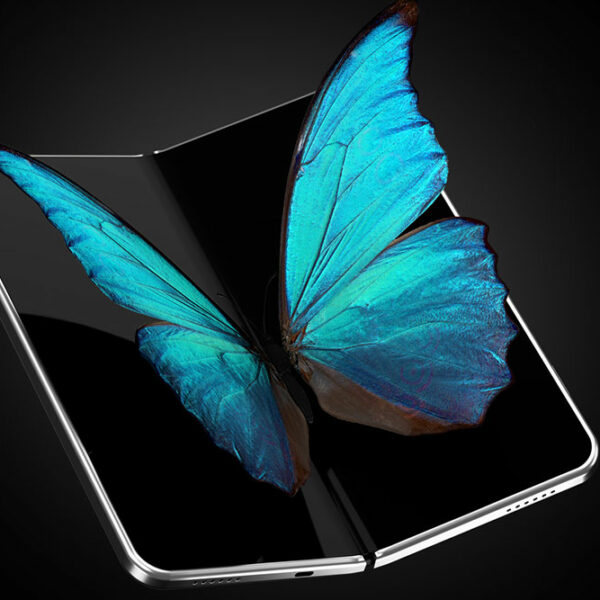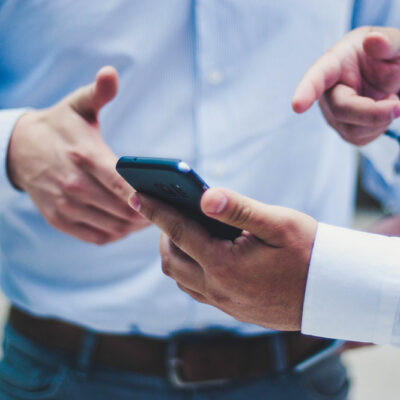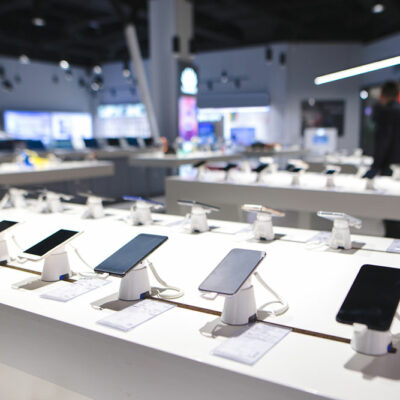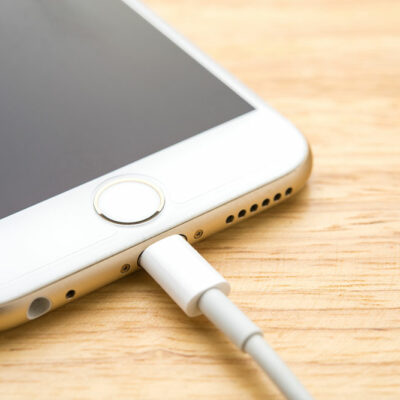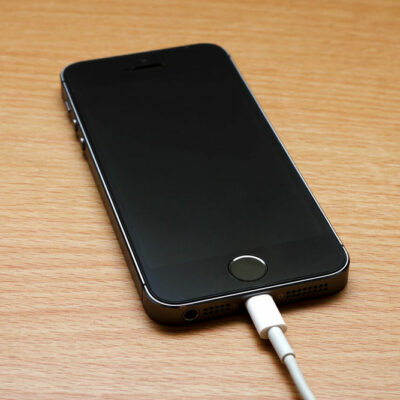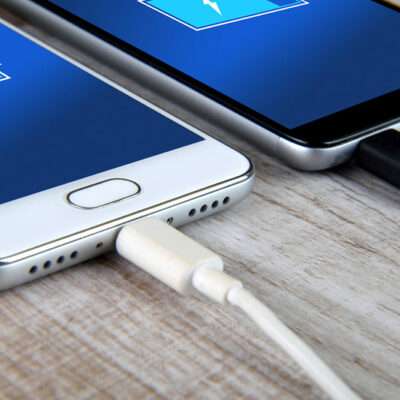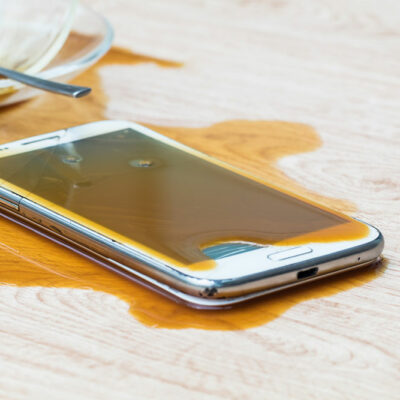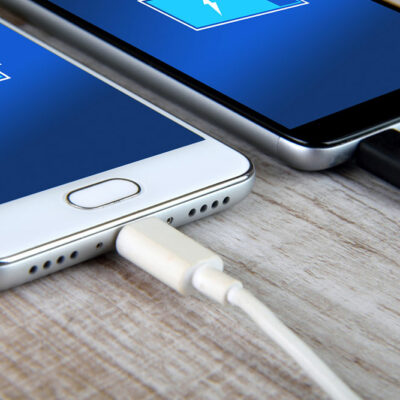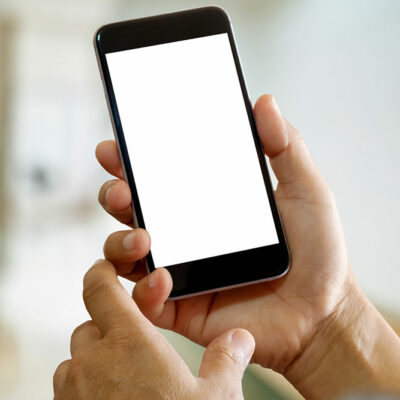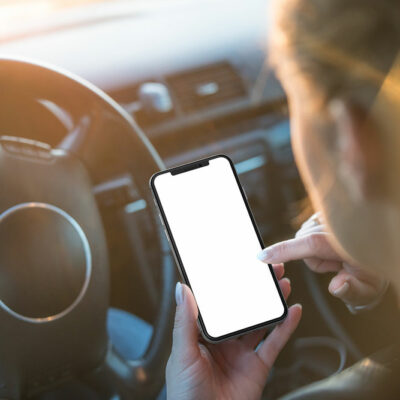Shopping
A Look at the 5 Models of the Samsung Galaxy Z Fold Series
Around five years ago, Samsung launched its first foldable smartphone, the Samsung Galaxy Z Fold. Over time, the Fold Series has expanded to include four more devices, the latest being the Samsung Galaxy Z Fold5, launched earlier this year. These foldable phones have pushed the boundaries of technology and design and are considered the future of smartphones. Here’s a quick look at the different Samsung Galaxy Z Fold Series models. 1. Galaxy Z Fold Launched in 2019, Samsung’s first foldable phone was the tablet-sized Galaxy Fold. This device did not have an ideal beginning, as the initial batch sent to reviewers malfunctioned within days of use. Consequently, the brand recalled them, delaying the product’s official launch. In September that year, the Galaxy Z Fold was finally launched for $1,980. The 7.3-inch inner AMOLED display of the Galaxy Fold can be folded in a book style. It features a 4.6-inch secondary display, Qualcomm’s flagship Snapdragon 855 processor, three rear cameras (12 MP wide-angle, 12 MP telephoto, and 16 MP ultra-wide), and two front cameras (10 MP selfie and 8 MP depth). The Galaxy Z Fold has 12 GB of RAM and 512 GB of storage. 2. Galaxy Z Fold2 In September 2020, Samsung upgraded the series with the Galaxy Z Fold2, which was more robust and had a refined design.
Read More 